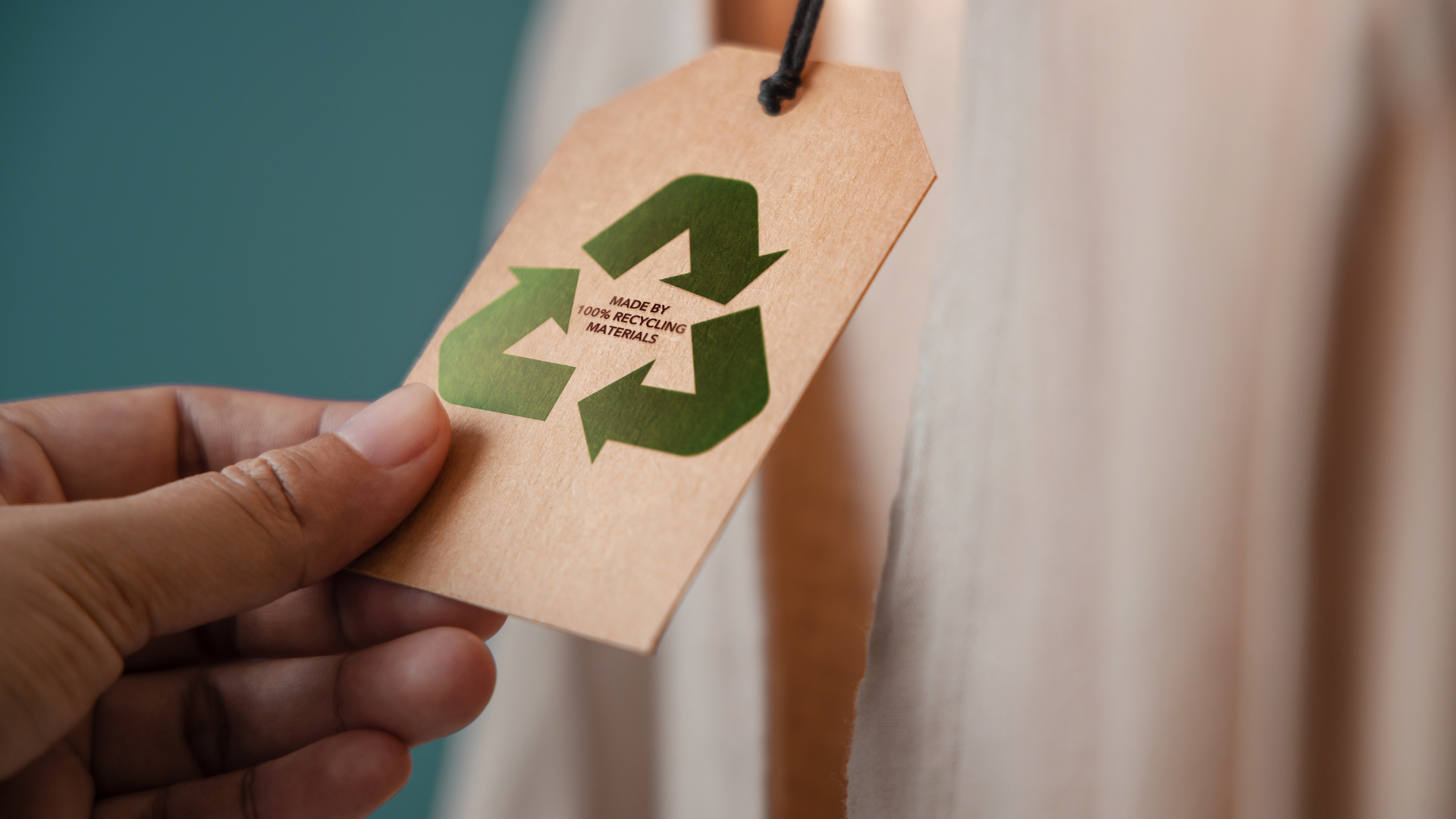

The apparel industry has come under intense scrutiny in recent years for its environmental impact. Many factories around the world that produce our clothes use processes that pollute waterways, spew harmful chemicals, and generate massive waste. But there is a movement underway towards “green factories” that aims to reduce this damage. So, what exactly are green factories, and why should we care about transforming traditional factories into sustainable operations?
The Problem with Traditional Factories
For decades, apparel factories have relied on outdated and wasteful manufacturing methods to mass-produce clothing cheaply and quickly. Most use tremendous amounts of water for dyeing and other processes. They utilize toxic chemicals that get discharged into nearby rivers and lakes. And they generate huge amounts of textile waste that piles up in landfills or gets incinerated, polluting the air.
The scale of the apparel industry’s environmental impact is staggering. According to the UN Alliance for Sustainable Fashion, industry is responsible for 10% of all greenhouse gas emissions worldwide. It uses over 79 billion cubic meters of water per year. And 85% of all textiles end up in landfills or incinerators. This level of resource consumption and pollution is clearly unsustainable.
The Promise of Green Factories
In contrast to traditional factories, green factories aim to manufacture clothing in an environmentally friendly way. They install advanced technologies and change manufacturing processes to dramatically increase sustainability. Here are some characteristics of green factories: